Home>Dining>Tableware>Which Type Of Glassware Is Most Likely To Be Used As A Reaction Vessel
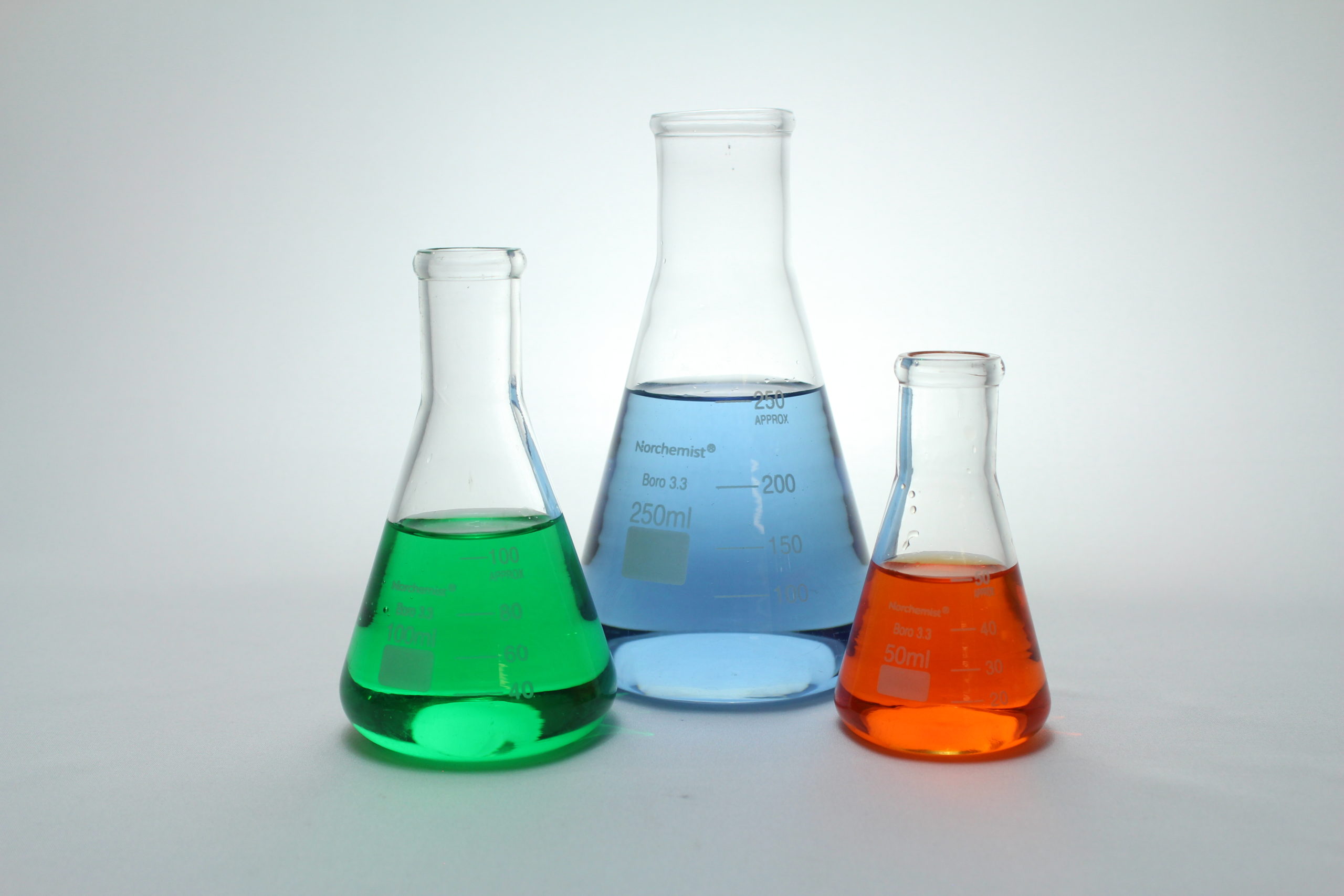

Tableware
Which Type Of Glassware Is Most Likely To Be Used As A Reaction Vessel
Modified: March 2, 2024
Discover which type of glassware is commonly used as a reaction vessel. Find out how different tableware can be utilized in scientific experiments for optimal results.
(Many of the links in this article redirect to a specific reviewed product. Your purchase of these products through affiliate links helps to generate commission for Storables.com, at no extra cost. Learn more)
Introduction
Glassware plays a crucial role in many scientific and laboratory settings, and it is particularly essential as reaction vessels. These vessels serve as containers for chemical reactions, allowing researchers to perform experiments safely and accurately. They are designed to withstand various temperatures, pressures, and chemical interactions, making them indispensable tools in the field of chemistry.
In this article, we will explore the different types of glassware commonly used as reaction vessels. We will dive into the unique characteristics of each vessel and discuss their advantages and applications. Understanding the various options available can help scientists and researchers choose the most suitable glassware for their specific experiments.
Glassware used as reaction vessels can vary in shape, size, and design, each serving a particular purpose. By examining the different types of glassware, we can gain insights into their functionalities and how they contribute to the success of experiments.
It is important to note that the choice of glassware depends on factors such as the type of reaction being conducted, the reactants involved, and the desired outcome. Each vessel has its own set of advantages and limitations, which scientists must consider when selecting the appropriate glassware for their experiments.
So, let’s delve into the diverse world of glassware as reaction vessels and explore the fascinating properties and applications of different types of beakers, Erlenmeyer flasks, round-bottom flasks, reaction tubes, and test tubes. By gaining a deeper understanding of each vessel, we can enhance our knowledge and appreciation for the vital role that glassware plays in scientific research and experimentation.
Key Takeaways:
- Glassware, such as beakers and Erlenmeyer flasks, serves as essential reaction vessels in laboratories, offering transparency, heat resistance, and chemical inertness for precise and reliable experiments.
- The diverse range of glassware, from round-bottom flasks to test tubes, provides versatile options for scientists to conduct reactions, monitor progress, and achieve accurate and reproducible results in their experiments.
Read more: Which Glassware Is Most Accurate
Glassware as Reaction Vessels
Glassware is widely used as reaction vessels in laboratories due to its excellent heat resistance, transparency, and chemical inertness. These vessels provide a controlled environment for chemical reactions to occur, ensuring accurate and reliable results. The choice of glassware is crucial in determining the success of an experiment, as different vessels have distinct properties that make them suitable for specific reactions.
One of the primary advantages of using glassware as reaction vessels is its transparency. The ability to see the reaction taking place inside the vessel allows researchers to monitor the progress of the reaction, observe color changes, and note the occurrence of any precipitates or gas evolution. This visual feedback is crucial for making real-time adjustments and ensuring the reaction proceeds as planned.
Glassware also offers excellent chemical resistance, making it compatible with a wide range of reactants and solvents. This versatility allows scientists to carry out a variety of reactions without concerns about the glassware reacting or deteriorating in the presence of specific chemicals.
Another key aspect of glassware as reaction vessels is its heat resistance. Many chemical reactions require heating to initiate or facilitate the reaction. Glassware, such as borosilicate glass, can withstand high temperatures without breaking or undergoing significant thermal expansion. This property is essential for conducting reactions at elevated temperatures while maintaining the structural integrity of the vessel.
Furthermore, glassware can be easily sterilized, making it ideal for working with sensitive or delicate materials. Sterilization ensures that the vessel is free from any contaminants that could interfere with the reaction or compromise the experimental results.
Glassware used as reaction vessels often has standardized measurements, such as volume markings and graduations. These measurements allow scientists to accurately add and measure reactants, ensuring the proper stoichiometry of the reaction. The precise control of reactant quantities is critical for reproducibility and obtaining consistent results.
In summary, glassware serves as excellent reaction vessels due to its transparency, chemical resistance, heat resistance, sterilizability, and accurate measurement capabilities. These properties make glassware invaluable tools in the laboratory, enabling scientists to conduct experiments with precision and reliability. By choosing the appropriate glassware for specific reactions, researchers can optimize their experimental conditions and achieve their desired outcomes.
Commonly Used Glassware
In the world of scientific research and experimentation, various types of glassware serve as indispensable tools. While each vessel has its unique characteristics and applications, certain types of glassware are more commonly used as reaction vessels due to their versatility and functionality. Let’s explore some of the commonly used glassware in laboratories:
1. Beakers: Beakers are one of the most familiar and frequently used glassware in laboratories. They have a cylindrical shape with a flat bottom and a pouring spout. Beakers come in various sizes, ranging from small capacities of a few milliliters to larger ones of several liters. They are ideal for mixing, heating, and holding liquids during reactions. The wide opening of a beaker allows for easy addition of reagents and facilitates stirring. However, beakers are not designed for precise measurements and are more suitable for qualitative analyses.
2. Erlenmeyer Flasks: Erlenmeyer flasks, also known as conical flasks, have a conical shape with a flat bottom and a narrow neck. The narrow neck helps to reduce the risk of splashing during stirring or swirling. Erlenmeyer flasks are widely used for mixing, heating, and storing liquids. The shape of the flask allows for better heat transfer as compared to beakers, making them suitable for reactions that require heating. Erlenmeyer flasks also come with graduations, allowing for approximate volume measurements.
3. Round-bottom Flasks: Round-bottom flasks have a spherical base with a neck opening. They are commonly used for reactions that involve reflux, distillation, or heating under a continuous flow of inert gas. The spherical shape of the flask allows for efficient stirring and mixing of liquids, and the neck provides a connection point for condensers or thermometers. Round-bottom flasks are typically used in more advanced chemical processes or specialized procedures.
4. Reaction Tubes: Reaction tubes, also known as culture tubes or test tubes, are long, cylindrical glassware with a flat or rounded bottom and open at one end. They are used for small-scale reactions, mixing small volumes of liquids, or for observation and qualitative analysis. Reaction tubes can be easily handled and are commonly used for qualitative observations, such as color changes or gas evolution, and can be placed in hot water baths or heated with a flame.
5. Test Tubes: Test tubes are similar to reaction tubes but are often shorter and more robust. They are typically used for a wide range of applications, including chemical reactions, heating, mixing, and holding small quantities of substances. Test tubes are available in different sizes and can be easily stoppered or capped to prevent evaporation or contamination.
These are just a few examples of commonly used glassware as reaction vessels. Other types of glassware, such as graduated cylinders, volumetric flasks, and petri dishes, also play important roles in laboratory experiments. The choice of glassware depends on the specific requirements of the reaction, the volume of substances involved, and the desired level of precision. By selecting the appropriate glassware, scientists can ensure the success of their experiments and achieve accurate and reliable results.
Beakers
Beakers are a staple in laboratories and are one of the most commonly used glassware as reaction vessels. They have a simple yet practical design, consisting of a cylindrical shape with a flat bottom and a pouring spout. Beakers come in various sizes, typically ranging from a few milliliters to several liters, allowing researchers to choose the appropriate capacity for their specific needs.
One of the key advantages of using beakers is their versatility. They can be employed for a wide range of applications, including mixing, heating, storing, and even simple qualitative analysis. The cylindrical shape allows for easy stirring and swirling of liquids, facilitating thorough mixing of reactants. The flat bottom ensures stability when placed on a lab bench or heating apparatus.
Beakers are particularly useful when working with large volumes of liquids. Their wide opening makes it easy to add reagents, solvents, or other substances to the reaction. This allows for efficient manipulation of the reactants, ensuring precise control over the reaction conditions.
However, it is important to note that beakers are not designed for precise measurements. While some beakers may have volume markings, they are not as accurate as other types of glassware, such as graduated cylinders or volumetric flasks. Beakers are typically used for qualitative analysis or when an approximate volume is sufficient.
Heat resistance is another important characteristic of beakers. Most beakers are made from borosilicate glass, which can withstand high temperatures without breaking or undergoing significant thermal expansion. This makes them suitable for heating applications, such as boiling or evaporating solutions. However, caution should be exercised when using beakers on direct heat sources to avoid thermal shock, which can cause the glass to break.
Furthermore, beakers can be easily sterilized, making them suitable for working with sensitive materials or conducting experiments that require aseptic conditions. They can be autoclaved or treated with heat or chemical agents to ensure the absence of contaminants that may interfere with reactions or compromise experimental results.
In summary, beakers are versatile and practical glassware as reaction vessels in a laboratory setting. Their wide opening, cylindrical shape, and heat resistance make them ideal for mixing, heating, and storing liquids. While beakers may not provide precise volume measurements, their convenience and ease of use make them indispensable tools for scientists and researchers.
Erlenmeyer Flasks
Erlenmeyer flasks, also known as conical flasks, are commonly used glassware as reaction vessels in laboratories. They are characterized by their distinctive conical shape, flat bottom, and narrow neck. Erlenmeyer flasks are available in various sizes, ranging from small milliliter capacities to larger liter capacities, making them suitable for reactions of different scales.
One of the key advantages of Erlenmeyer flasks is their versatility. They can be used for a wide range of applications, including mixing, heating, and storing liquids. The conical shape of the flask allows for efficient swirling and agitation of the contents, ensuring thorough mixing of reactants. The flat bottom provides stability when placed on a lab bench or in a heating apparatus.
The narrow neck of the Erlenmeyer flask serves multiple purposes. Firstly, it reduces the risk of splashing or spilling during stirring or swirling, making it a safer choice when working with volatile or reactive substances. Secondly, the neck can accommodate various accessories such as stoppers, condensers, or thermometers, allowing for more advanced experimental setups.
Erlenmeyer flasks are particularly suitable for reactions that require heating. The conical shape allows for better heat transfer compared to beakers, enabling more efficient and uniform heating of the liquid. The narrow neck also helps to minimize heat loss through evaporation during heating or cooling processes.
While Erlenmeyer flasks do not provide precise volume measurements, they often come with graduations or volumetric markings for approximate measurements. These markings can be useful for estimating the volume of liquid being added or the volume of the reaction mixture.
Another advantage of Erlenmeyer flasks is their ease of cleaning and sterilization. They can be easily washed by hand or in an autoclave, making them suitable for working with sensitive materials or conducting experiments that require aseptic conditions. Additionally, the shape of the flask allows for efficient drying after cleaning, reducing the risk of residue or contamination in subsequent reactions.
It is important to note that Erlenmeyer flasks have limitations when it comes to accurate volume measurements. For precise measurements, it is recommended to use glassware specifically designed for volumetric analysis, such as volumetric flasks.
In summary, Erlenmeyer flasks are versatile and practical glassware as reaction vessels in laboratories. Their conical shape, narrow neck, and heat resistance make them suitable for a wide range of applications, including mixing, heating, and storing liquids. While they may not provide precise volume measurements, their convenience, stability, and compatibility with accessories make them essential tools for scientists and researchers.
Borosilicate glassware, such as beakers, flasks, and test tubes, is most commonly used as reaction vessels due to its resistance to thermal shock and chemical corrosion.
Round-bottom Flasks
Round-bottom flasks are commonly used glassware as reaction vessels in laboratories, particularly for more advanced chemical processes or specialized procedures. They are also known as boiling flasks due to their capability to withstand intense heat. These flasks have a spherical base with a long neck opening that provides a connection point for condensers, thermometers, or additional apparatus.
The unique shape of round-bottom flasks contributes to their functionality and versatility. The spherical base promotes efficient stirring and mixing of liquids, ensuring thorough homogenization of reactants. This is especially beneficial for reactions that require a high degree of agitation or thorough mixing to achieve the desired chemical transformation.
Round-bottom flasks are widely used in reflux reactions, a process where reactants are continuously heated and condensed to prevent volatile components from escaping. The round shape of the flask allows for better heat transfer and circulation than other glassware, facilitating the reflux process and ensuring uniform heating throughout the reaction mixture.
Another application of round-bottom flasks is in distillation processes. The neck of the flask serves as an ideal connection point for condensers, allowing for the collection and separation of volatile components based on their boiling points. The spherical base provides stability and minimizes the risk of tipping during distillation procedures.
Round-bottom flasks are designed to withstand high temperatures, as they are commonly used in heating applications. The glass used in their construction, typically borosilicate glass, can tolerate the thermal stresses associated with heating without breaking or shattering. This heat resistance makes them suitable for reactions that require elevated temperatures, such as reflux, distillation, or syntheses that involve high-temperature conditions.
It is important to note that round-bottom flasks are not designed for accurate volume measurements. While some flasks may have graduations or volumetric markings, they are not as precise as specialized glassware such as volumetric flasks or graduated cylinders. Round-bottom flasks are primarily used for qualitative or large-scale reactions where precise measurements are not a priority.
Cleaning and sterilizing round-bottom flasks can be a more challenging task due to their shape. However, specialized brushes or appropriate cleaning techniques can help effectively remove residues and contaminants. It is crucial to ensure thorough cleaning to prevent any cross-contamination or interference with subsequent reactions.
In summary, round-bottom flasks are valuable glassware as reaction vessels in laboratory settings, especially for reflux reactions and distillations. Their spherical base allows for efficient stirring and mixing, while the long neck provides a connection point for additional apparatus. With their heat resistance and specialized design, round-bottom flasks enable researchers to perform complex and precise reactions at elevated temperatures.
Reaction Tubes
Reaction tubes, also known as culture tubes or test tubes, are commonly used glassware as reaction vessels in laboratory settings. These cylindrical tubes are typically made of borosilicate glass or other chemically resistant materials. They have a flat or rounded bottom and are open at one end, with the other end often sealed with a stopper or cap.
Reaction tubes are versatile and widely used for small-scale reactions, mixing small volumes of liquids, or conducting qualitative observations. They come in various sizes, ranging from a few milliliters to a few hundred milliliters, allowing researchers to work with different reaction volumes.
One of the primary advantages of reaction tubes is their ease of handling. Their compact size and lightweight nature make them convenient to manipulate, transfer, and store. This is particularly beneficial when working with limited quantities of substances or when performing multiple reactions simultaneously.
Reaction tubes are often used for qualitative observations, such as color changes, precipitation formation, or gas evolution. Their transparent nature allows researchers to closely monitor the reaction progress and easily identify any visible changes. This visual feedback is crucial for making real-time adjustments or capturing important reaction information.
These tubes are also suitable for holding small volumes of liquids during reactions. Researchers can add reagents, solvents, or other substances into the tube, mix them, and initiate the reaction. The small volume and confined space of the reaction tube enable efficient mixing and promote faster reaction times.
Reaction tubes can be easily placed in hot water baths or heated with a flame for reactions that require heating. Their small size and quick heat transfer make them ideal for rapid thermal changes. However, caution should be exercised when subjecting reaction tubes to direct flame, as excessive heat can cause them to crack or break.
Another advantage of reaction tubes is their compatibility with various accessories and add-ons. Rubber stoppers or caps can be used to seal the open end, preventing evaporation or contamination during reactions. Moreover, reaction tubes can be easily centrifuged or agitated, allowing for separation or mixing of reaction components.
While reaction tubes provide convenience and versatility, it is important to note their limitations in terms of precise volume measurements. These tubes typically do not come with accurate graduations, making them less suitable for quantitative measurements. For precise volume determination, other glassware, such as graduated cylinders or volumetric flasks, should be used.
In summary, reaction tubes are essential glassware as reaction vessels in laboratory settings. Their small size, ease of handling, and transparency make them versatile tools for small-scale reactions, qualitative observations, or mixing small volumes of liquids. By providing a confined space for reactions and allowing real-time observations, reaction tubes play a valuable role in scientific research and experimentation.
Test Tubes
Test tubes are one of the most iconic and widely recognized glassware used in laboratories. These cylindrical tubes, typically made of borosilicate glass, have a flat or rounded bottom and an open top. Test tubes are considered essential tools for a variety of applications in scientific research and experimentation.
One of the primary advantages of test tubes is their versatility. They are used for a wide range of purposes, including chemical reactions, heating, mixing, and holding small quantities of substances. Test tubes come in various sizes, from a few milliliters to a few hundred milliliters, providing flexibility for different experimental needs.
Test tubes are commonly used for small-scale reactions. They offer a convenient and compact vessel for conducting qualitative analyses or short-term reactions. Researchers can add reagents, solvents, or other reaction components into the tube, mix them, and observe any changes or transformations taking place.
The open-ended design of test tubes allows for easy addition of substances and facilitates stirring or mixing with a rod. This makes them suitable for rapid and simple reactions that require minimal handling or manipulation. The transparent nature of test tubes enables researchers to visually monitor the reaction progress and observe any visible changes or reactions.
Another advantage of test tubes is their compatibility with various laboratory techniques and equipment. Rubber stoppers or caps can be used to seal the open end, ensuring the containment of reaction components or preventing evaporation during reactions. Test tubes can also be easily placed in centrifuges for separations or spun at high speeds for mixing or agitation purposes.
Test tubes are also commonly used for heating applications. They can be held over a Bunsen burner or placed in hot water baths to facilitate reactions that require temperature control. However, caution should be exercised when applying direct heat to test tubes to prevent thermal stress and potential breakage.
It is important to note that test tubes, like reaction tubes, have limitations in terms of precise volume measurements. While they may have approximate graduations, they are not as accurate as specialized volumetric glassware such as graduated cylinders or volumetric flasks. Test tubes are often used for qualitative analyses or reactions where precise volume measurement is not critical.
In addition to their functional applications, test tubes are also used for storage and sample handling. They provide a secure and hygienic environment for storing small quantities of substances, such as samples for analysis or cultures in microbiology. The compact size and standardized shape of test tubes make them ideal for organizing and transporting samples within a laboratory setting.
In summary, test tubes are fundamental glassware in laboratory settings due to their versatility and functionality. They find applications in various aspects of scientific research, including reactions, heating, mixing, and sample storage. While not designed for precise volume measurements, test tubes offer a convenient and flexible vessel for qualitative analyses, observations, and small-scale experiments.
Conclusion
Glassware plays a vital role as reaction vessels in laboratory settings. The wide range of glassware options available allows scientists and researchers to select the most suitable vessel for their specific experiments. Each type of glassware brings its own advantages and characteristics that contribute to the success of reactions.
Beakers, with their cylindrical shape and wide opening, are versatile vessels that facilitate mixing, heating, and storing of liquids. Erlenmeyer flasks, with their conical shape and narrow neck, offer efficient stirring and better heat transfer, making them ideal for a variety of reactions. Round-bottom flasks, with their spherical base and long neck, excel in reflux and distillation procedures where efficient mixing and heat transfer are crucial. Reaction tubes and test tubes provide compact and easily manipulated vessels for small-scale reactions, qualitative observations, and sample handling.
The transparency of glassware allows researchers to visually monitor reactions, observe color changes, and note precipitation or gas evolution. The heat resistance of glassware enables reactions at elevated temperatures, while their chemical resistance ensures compatibility with a wide range of reactants and solvents. Glassware can also be sterilized, providing aseptic conditions when working with delicate materials.
While glassware serves various purposes, it is important to recognize its limitations. Some types of glassware may not offer precise volume measurements, requiring the use of specialized volumetric glassware for accurate measurements. Additionally, caution should be exercised when applying direct heat to glassware to avoid potential breakage due to thermal stress.
In conclusion, glassware as reaction vessels is indispensable in the laboratory. The choice of glassware depends on the specific requirements of the reaction, including volume, heat resistance, mixing capability, and precision. By selecting the appropriate glassware, scientists and researchers can optimize their experimental conditions, ensure accurate and reliable results, and advance scientific knowledge in their respective fields. The versatility, functionality, and practicality of glassware make it an essential tool in the world of scientific research and experimentation.
Frequently Asked Questions about Which Type Of Glassware Is Most Likely To Be Used As A Reaction Vessel
Was this page helpful?
At Storables.com, we guarantee accurate and reliable information. Our content, validated by Expert Board Contributors, is crafted following stringent Editorial Policies. We're committed to providing you with well-researched, expert-backed insights for all your informational needs.
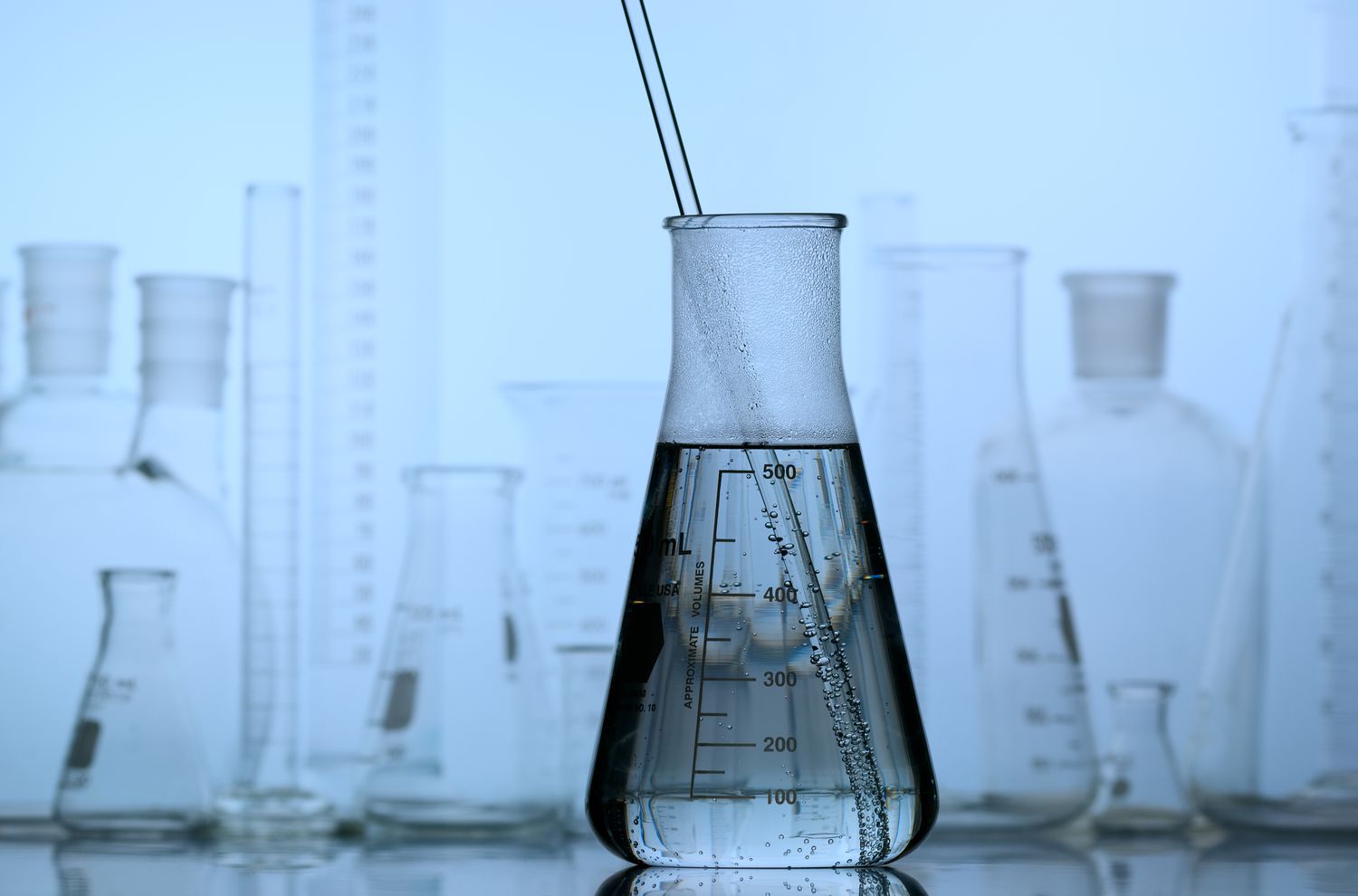
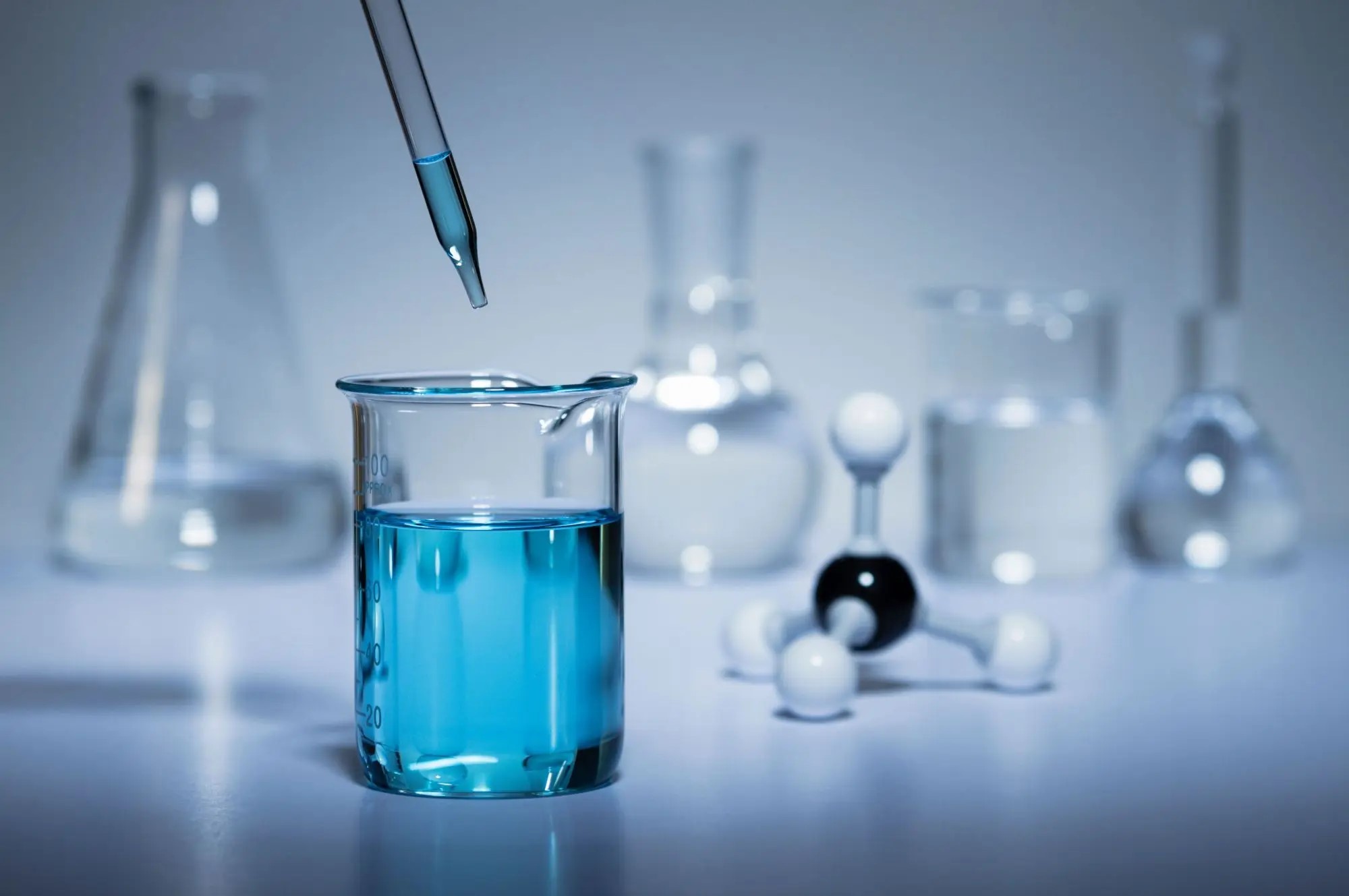


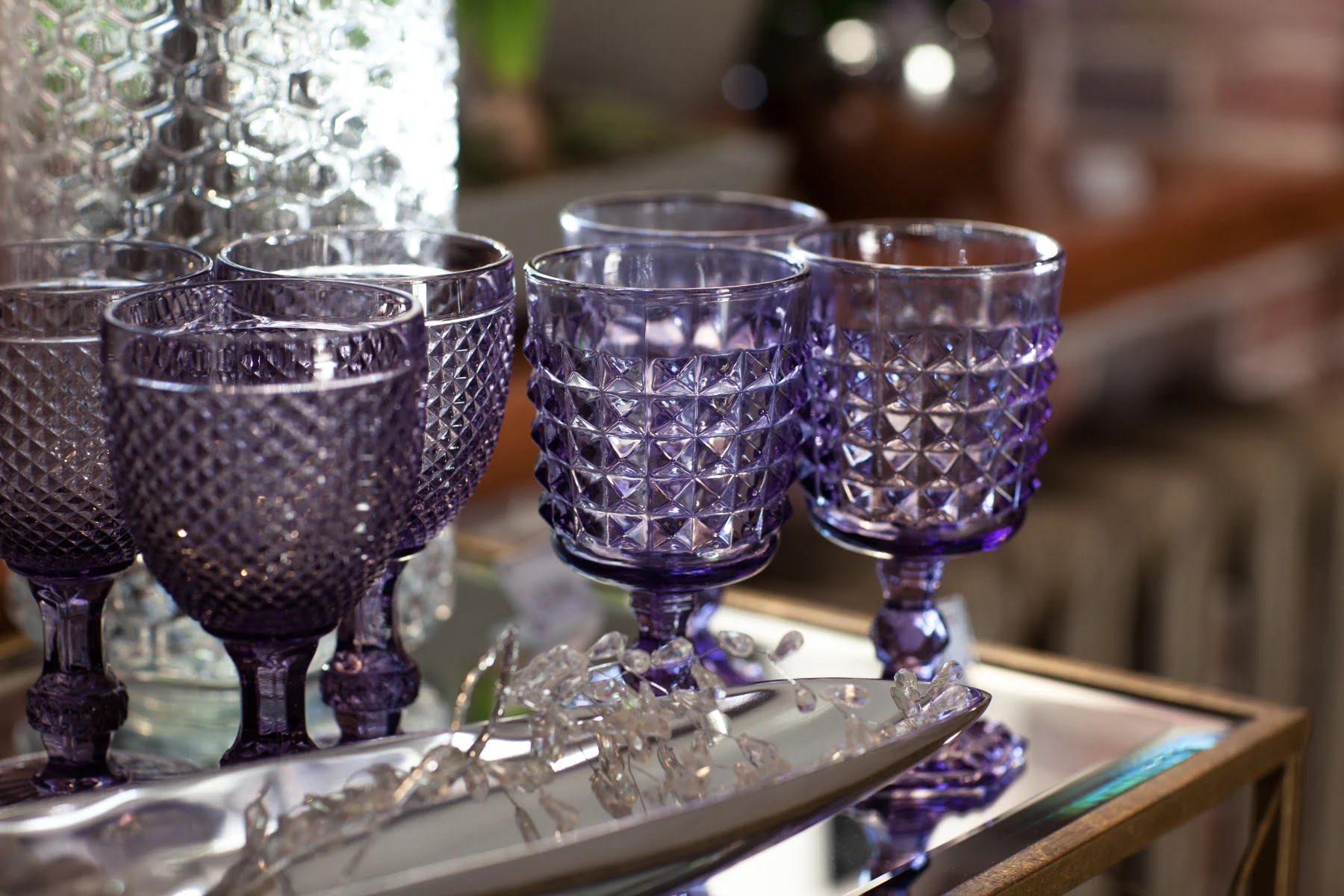
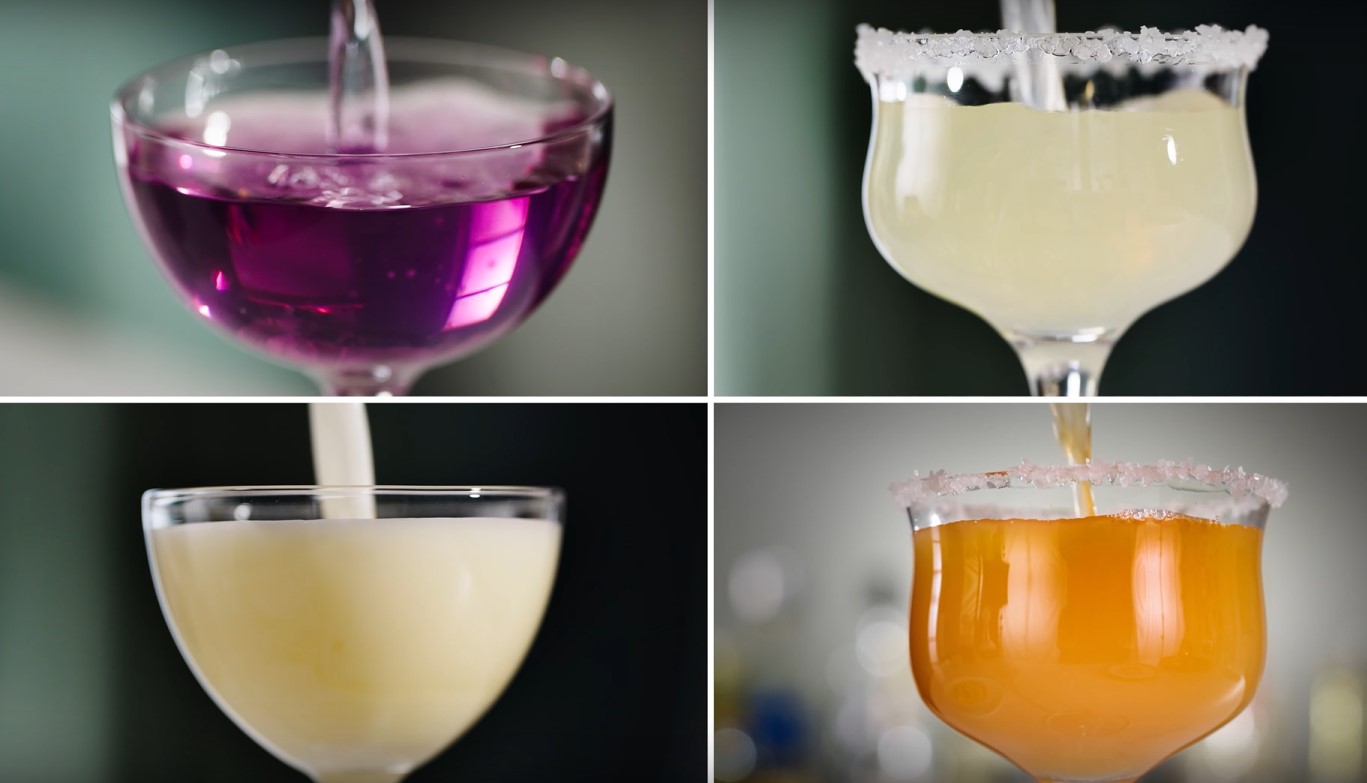
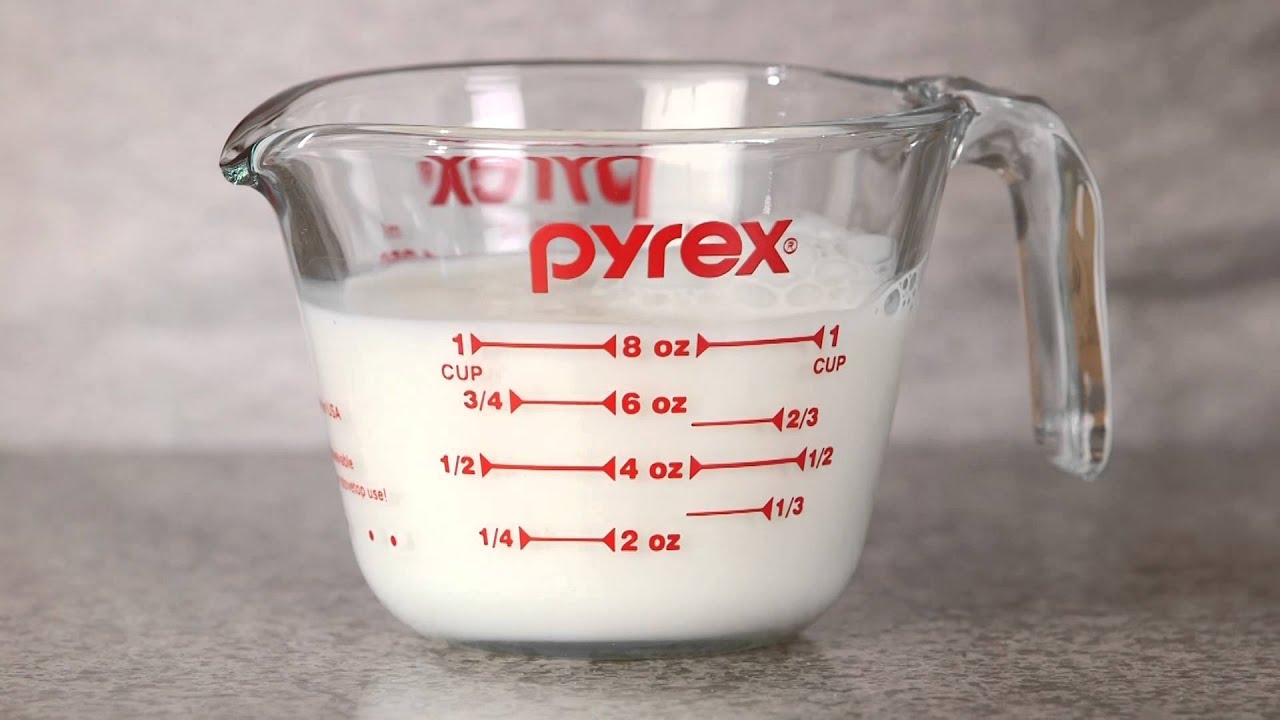


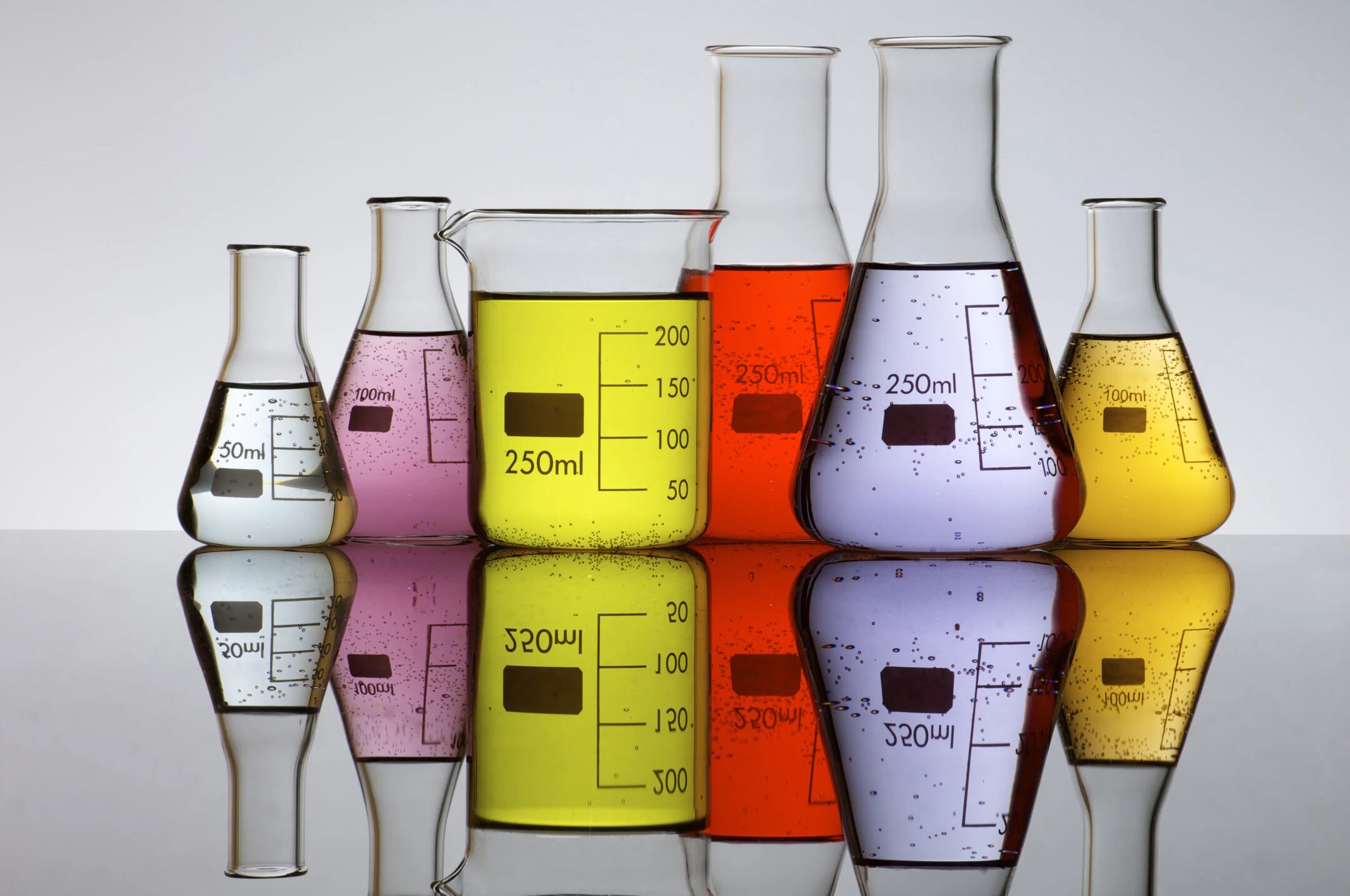
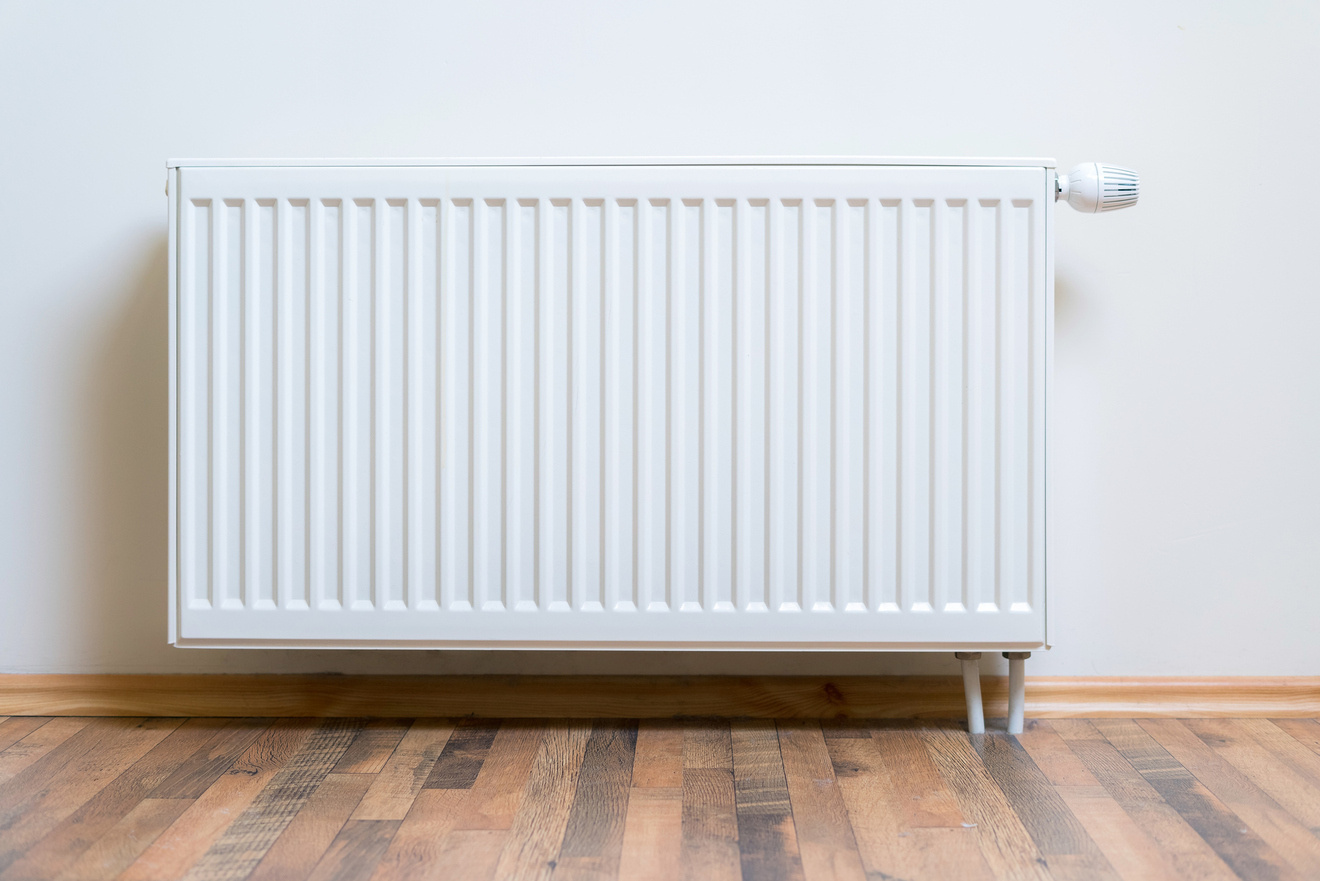
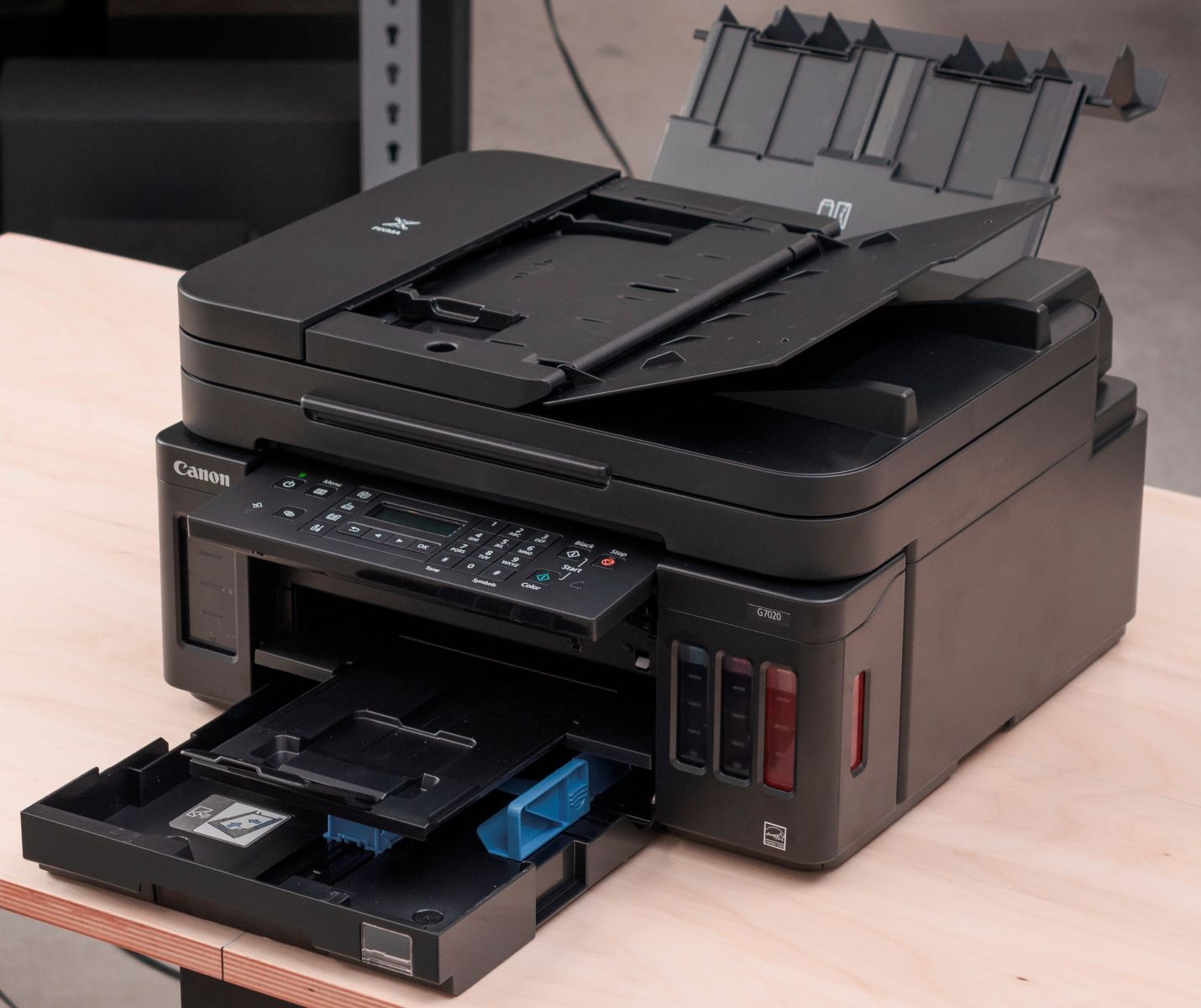

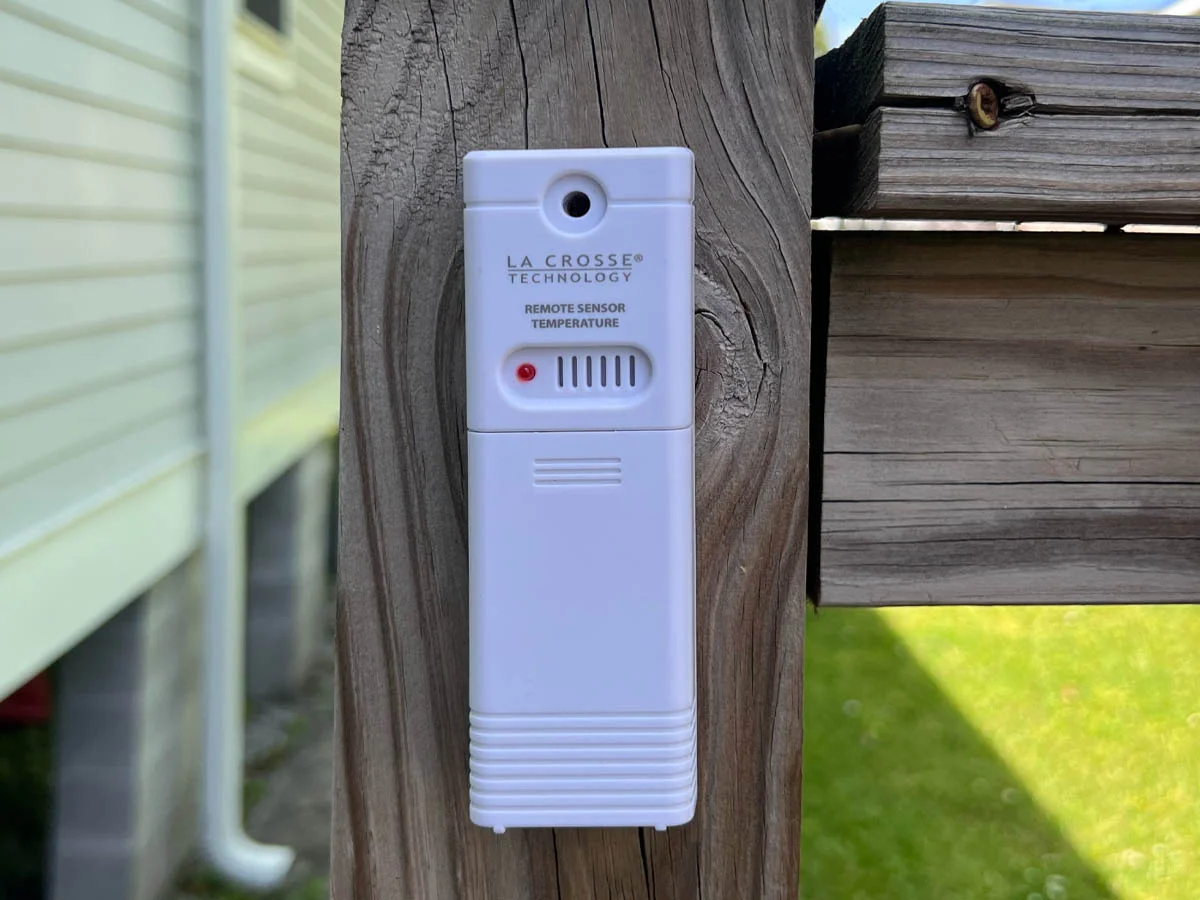

0 thoughts on “Which Type Of Glassware Is Most Likely To Be Used As A Reaction Vessel”